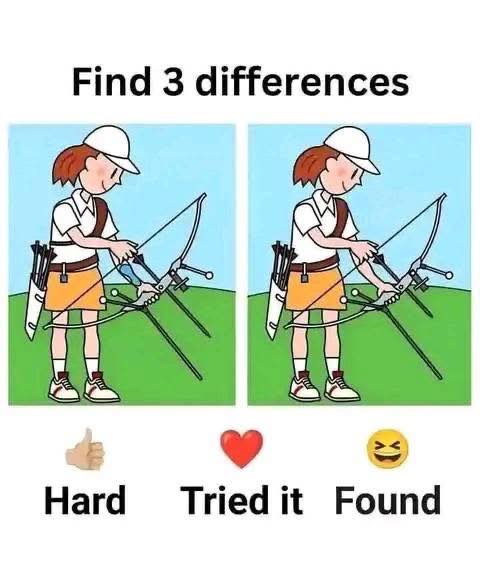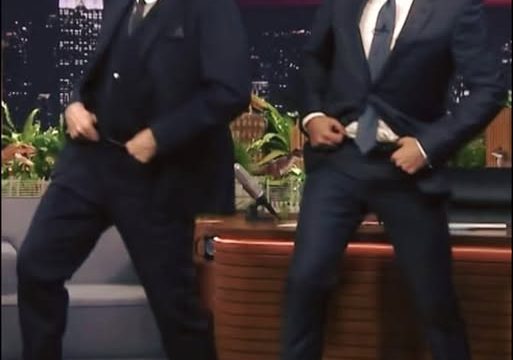Do you have a knack for spotting the tiniest details that others might miss? If so, this spot-the-difference challenge featuring a lady archer is exactly what you need to put your skills to the test. The rules are simple, but the task is far from easy. You’re presented with two side-by-side images that look almost identical at first glance, and your mission is to find three subtle differences between them—but you only have 15 seconds to do it. It’s a fast-paced, high-focus exercise that really sharpens your visual awareness and attention to detail.

These types of puzzles may appear simple, but they offer a surprisingly effective workout for your brain. They help improve concentration, enhance visual memory, and develop your ability to notice patterns and inconsistencies. They’re also incredibly fun and accessible for all ages. However, don’t let their playful nature fool you—the real challenge lies in how easily our eyes and brain are tricked. Our brains tend to fill in gaps when two images are very similar, causing us to overlook small but important differences. That’s why many people struggle with these games, even though they seem easy at first glance. One of the most common mistakes is scanning too quickly. People often jump back and forth between the two images without actually focusing on specific areas, which makes it easy to miss subtle changes. Another common pitfall is looking only for large or obvious alterations, like missing objects or color changes, when in reality the most difficult differences are usually very minor. We also tend to zero in on faces or clothing while ignoring background elements, shadows, or equipment, which are often where the changes hide. Now, let’s walk through how to solve the lady archer puzzle using a methodical approach.
In the image, we see a female archer standing in a grassy field, aiming her bow. She has a quiver full of arrows strapped to her hip and is in a focused stance. If you examine the image carefully, starting from the top and moving downward, the first difference you might notice is the quiver. In the left image, it contains five arrows. In the right image, one arrow is missing, leaving only four. It’s a tiny change, but one that stands out if you’re paying attention. The second difference can be spotted in her grip on the bowstring. On the left side, she’s pulling it back using two fingers, while in the right image, she appears to be using three fingers instead. It’s a small variation in her hand position but a clear change nonetheless.
Finally, take a close look at the bow itself—specifically the lower part known as the stabilizer rod. In the left image, the rod is fully extended as it should be. In the right image, however, that rod appears shorter or even missing a section. It’s a subtle structural difference that can be easy to overlook if you’re not analyzing the equipment. If you were able to spot all three of these changes within 15 seconds, then congratulations—you have a seriously sharp eye. If not, don’t worry. Like any skill, observation improves with practice. The beauty of these puzzles is that each one helps you fine-tune your attention to detail a little more. What makes this particular challenge tricky is the clever use of symmetry and repetition.
The images are nearly identical in color, composition, and layout, which causes your brain to assume they’re the same. This natural shortcut leads many to miss the small changes unless they deliberately slow down and take a closer look. Beyond being fun, puzzles like this help build real-world cognitive skills. Spotting differences in images strengthens observation, boosts short-term memory, and improves pattern recognition—skills that are incredibly valuable in professions like medicine, law enforcement, aviation, and even everyday problem-solving.

So here’s your final challenge: did you find the three differences without peeking at the solution? How long did it take you? Share your results and challenge your friends to see who can spot the changes the fastest. Every time you tackle one of these puzzles, you’re giving your brain a little extra edge. So stay curious, keep practicing, and never stop noticing the details others tend to miss.




